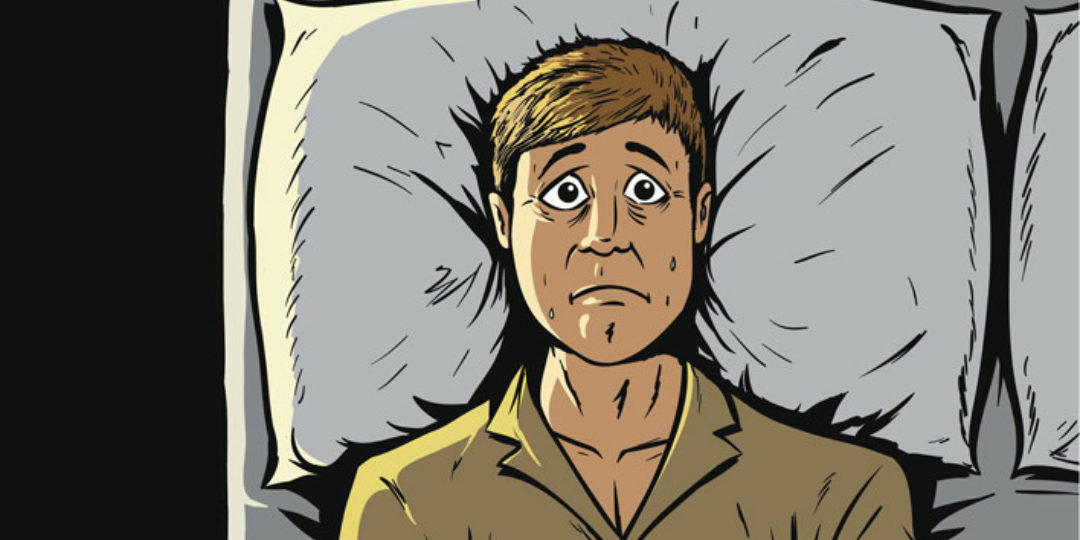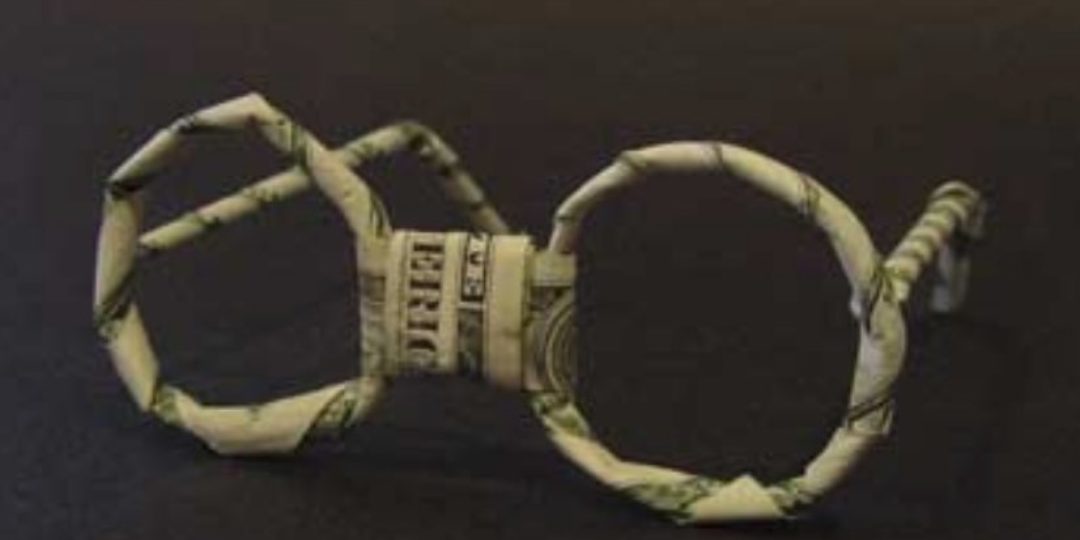
Thankfulness is the beginning of gratitude. Gratitude is the completion of thankfulness. Thankfulness may consist merely of words. Gratitude is shown in acts. Henri Frederic Amiel Those acts can be volunteering for a nonprofit organization, helping a friend or a stranger, or making a financial contribution.
Giving is an act born from emotion. You would be hard pressed to find an individual who is a loyal donor or who has made a meaningful gift to your organization who was not motivated at some level by an emotional connection with your mission or gratitude for what your organization does or how it is done.
For instance, healthcare fundraising, at its core, is driven by the generosity of grateful patients or those connected to them. Their gratitude often stems from a relationship with a physician or other care giver; appreciation for how well the hospital or practice provides care; thankfulness for saving the life or quality of life of a loved one; or recognition that the hospital is an enormous community or personal asset not to be taken for granted.
In healthcare fundraising, there are elaborate “grateful patient” strategies designed to enable a person’s gratitude to be manifest in gifts and volunteering…shown in acts.
But healthcare does not have a corner on the market for contributions driven by gratitude. There are so many people who have been deeply touched by the work of your organization and who are grateful for your:
-Fight to protect and preserve the environment.
-Support of research to cure disease.
-Programs and opportunities for those living on the margins.
-Performances that inspire, fulfill, enthrall and move your audiences.
-Battles for gender, racial, physical… rights and equality.
-Quality and life enhancing educational experiences created for past, current and future students.
-Effective public health initiatives.
-Pursuit of technological breakthroughs.
-Access to the arts and culture that stimulate and enliven the young and old.
-Efforts to help those who want to work to find work, and take care of their families.
-Skill and caring for those with physical and intellectual disabilities.
-Protection of children and the elderly.
-Empowerment of those who have no power.
Our busy days make it easy to forget, or lose sight of the fundamental motivation for most meaningful giving. We also sometimes forget why we got into this business in the first place.
The emotional connections for the donors must be central in your thinking when developing engagement and cultivation strategies with donors and donor candidates, or when drafting mail appeals and web copy, and designing events.
There many research articles and other publications demonstrating the positive health effects of volunteering and giving. (Click Here for a number of links to articles) So in addition to knowing you are working to support your organization’s mission, also know that you are contributing to the wellbeing of your most important stakeholders.
Feeling gratitude and not expressing it is like wrapping a present and not giving it.William Arthur Ward
1. Try and take stock every day of the emotional connection you have with your work and your organization’s mission, and how others might connect.
2. Be proactive in tapping into the emotional motivators of your donors and discuss them.
3. Wrap that present and help others to give it.

A good way to start of the new year is to revisit and share an eye-opening survey we conducted last summer for our session “What Keeps YOU Up at Night?” that we presented at the DMA Non-Profit.

“In order to change something, don’t struggle to change the model, create a new model, and make the old one obsolete.” – Buckminister Fuller
Let’s get the conversation started! Just tell us in a few words what’s on your mind today.
Get in Touch